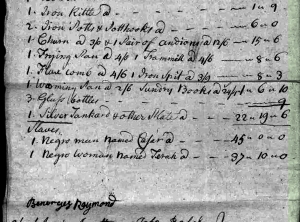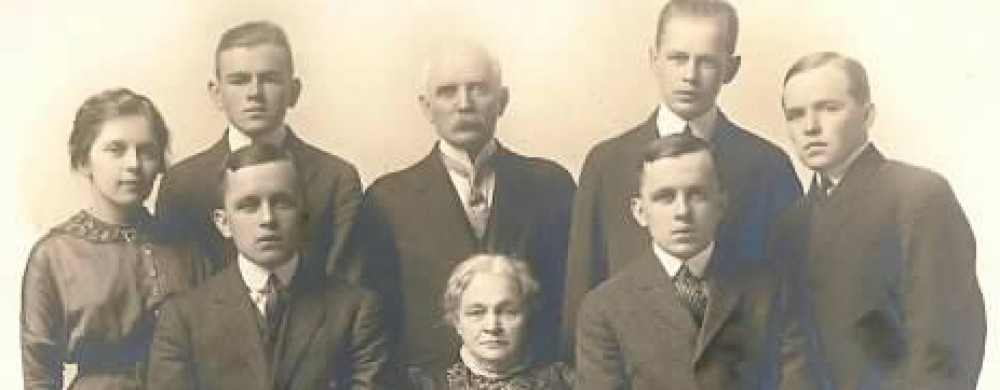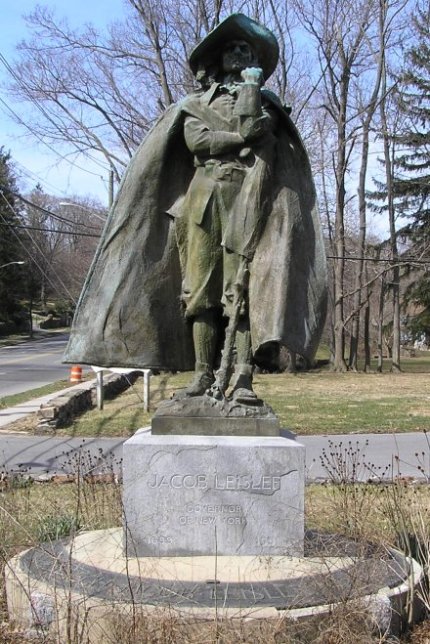Ben Affleck’s initial concealment of a slaveholding ancestor for his episode of Finding Your Roots with Henry Louis Gates, Jr. makes it time for me to come clean. I too, have slaveholders in the family, and these ancestors shame me more than the murderers and other miscreants I’ve been featuring on this blog.
I’ve had a document with this post’s title filed away for years. Sure, it was a rambling, bumbling, stumbling mess, not ready for primetime, but I kept ignoring it. Any subject would do if I could push off a confrontation with my sense of guilt over slavery.
Slavery in New York and Massachusetts
When I was a greener researcher, with roots in New Amsterdam / New York and New England, the northern states, I believed my family was in the clear on slavery. In retrospect, my ignorance on slavery in the north was stunning. My personal wakeup call came in the will of my 8th great-grandmother, the Amsterdam-born pioneer settler of New York, Sarah (Roelfse) (Kierstede) (Van Borsum) Stoothoff (1626-1693).
“…to my daughter Blandina, of this city, a negro boy, Hans. To my son Luycas Kierstede, my Indian named Ande. To my daughter Catharine Kierstede, a negress, named Susannah. To my son-in.law, Johannes Kip, husband of my said daughter Catharine, my negro, Sarah… To my son Jochem Kierstede, a little negro, called Maria, during his life, and then to Sarah, the eldest daughter of my son Roeloff Kierstede…” (1)
And there it was, the gut-punch, proof positive that my accomplished ancestress (2), kept in bondage a Native American, and black women, and children. Lines in my beloved native state, Massachusetts, were no more civilized. My 8th great-grandfather, Jonathan Rayment (1666-1745) of Beverly, was a deacon of the church for 23 years. In 1705, when he was 39 years old, he made the following purchase:
Capt. Joseph Flint, Mariner, of Salem, sells to Jonathan Rayment, of Bevery, “my Spanish Indian boy named Pito about 10 years old, for a slave.” (3)
As I traced the deacon Rayment to the end of his life in 1745, I hoped after 40 years of piety and wisdom, his humanity would have evolved, but the inventory of his estate lists after items including an iron kettle, frying pan and a silver tankard… “Slaves” beneath that, “1 Negro man… 1 Negro woman…”

Deacon Rayment’s slaves: Cafar (Kafir) valued at 45 pounds, and Sarah, 37 pounds 10 shillings. (Click for larger view.)
It’s sobering to learn your people committed crimes against humanity, while regarding themselves as good Christians and respectable members of society.
The Awful Truth – Celebrity Edition
Several celebrity descendants of slaveholders have been featured on Finding Your Roots and Who Do You Think You Are, including Anderson Cooper, Ken Burns, and Bill Paxton. They did the right thing right off by facing the findings on camera. They shared their disappointment and righteous anger. They acknowledged we all must accept the bad guys along with the good guys in our trees. And so it should be with our great, multiethnic, multiracial, American family.
Many folks argue that United States “fixed” slavery 150 years ago; that civil rights laws in the 1960s “fixed” segregation and discrimination; that white and black Americans have an equal shot at life, liberty and the pursuit of happiness. Yet, if that was true, if that was the present reality, – nice, white Americans, like Ben Affleck, wouldn’t be so troubled over errant great-greats.
The terrible disparity in income, health and life spans between whites and minorities is evidence that our nation hasn’t yet established a culture that supports the American ideal of equality.
We can’t change the past, we can, and should, look it straight in the eye. Instead of dithering over guilt, we can join with nice Americans of all races to build toward a society that truly guarantees an opportunity for a decent life to all. It won’t be easy, but working to “form a more perfect union”(4) is as good an idea today as it was in 1787.
Notes, Sources & Resources:
(1) Abstract of wills on file in the Surrogates Office, City of New York (Volume I. 1665-1707) by New York (County) Surrogate’s Court Abstracts of Wills –Liber 5-6 pgs. 225, 226, 227.
(2) Sarah learned native languages and assisted Peter Stuyvesant in negotiating treaties with local tribes. In 1682, she was confirmed as owner of a patent originally granted to her second husband, Cornelis Van Borsum (1630-1682) for a lot on Manhattan Island, for her service. She also raised 11 children and outlived 3 husbands.
(3) Essex Registry of Deeds, Book 16, Folio 204, March 12, 1705.
(4) From the Preamble to the United States Constitution, “We the people We the People of the United States, in Order to form a more perfect Union, establish Justice, insure domestic Tranquility, provide for the common defence, promote the general Welfare, and secure the Blessings of Liberty to ourselves and our Posterity, do ordain and establish this Constitution for the United States of America.”
***
How Ben Affleck reacted after he discovered his slave-owning ancestors
Slavery in the North Website by historian, author, journalist and lecturer, Douglas Harper.
History of Slavery in Massachusetts Wikipedia article covers freedom suits brought in 1781 that claimed slavery was contrary to the Bible and the new (1780) Massachusetts Constitution, but slavery remained legal in Massachusetts until the 13th Amendment was passed in 1865.

